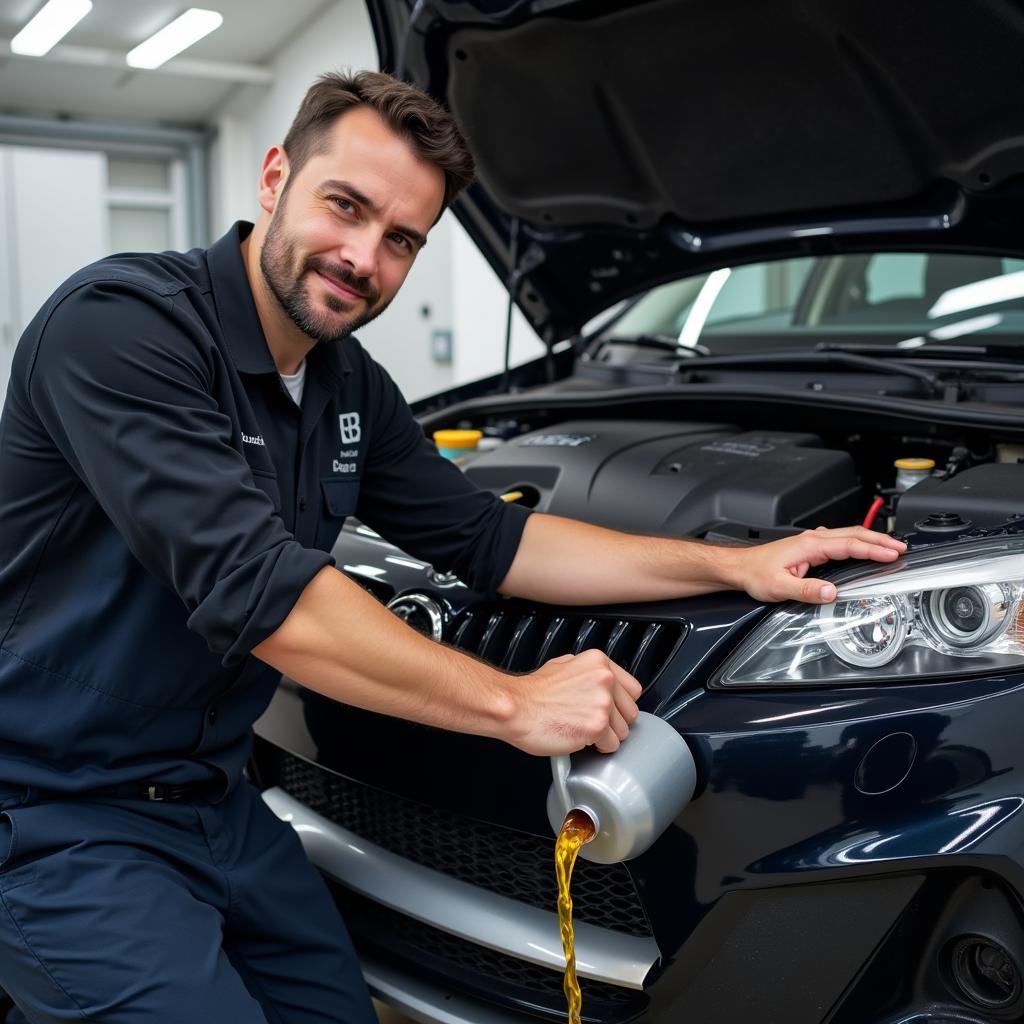How to Service JDM Cars in the USA
Owning a JDM (Japanese Domestic Market) car in the USA can be an exhilarating experience. These vehicles, known for their unique styling, performance, and reliability, offer a taste of automotive excellence from the Land of the Rising Sun. However, servicing JDM cars in the USA presents unique challenges. With potential differences in parts availability, mechanic expertise, and even language barriers, ensuring your prized possession stays in top shape requires careful planning and consideration.
Understanding the JDM Service Landscape in the USA
Unlike their American or European counterparts, finding specialized mechanics and parts for JDM cars can be tricky. While some dealerships might offer limited support for popular models, many JDM owners find themselves navigating a network of independent shops and online resources.
Finding the Right Mechanic for Your JDM Car
Choosing the right mechanic for your JDM car is crucial. You’ll want someone familiar with the intricacies of Japanese engineering and has access to the right tools and diagnostic equipment.
- Look for JDM Specialist Shops: Many independent garages specialize in servicing Japanese vehicles, including JDM models. They often employ mechanics with years of experience working on specific makes and models.
- Check Online Forums and Communities: JDM enthusiast communities are invaluable resources for finding reputable mechanics in your area. Websites and forums dedicated to specific car makes or models often have dedicated sections for mechanic recommendations.
- Don’t Be Afraid to Ask Questions: When interviewing potential mechanics, inquire about their experience with your specific JDM model. Ask about their access to parts, diagnostic tools, and their understanding of common issues associated with your car.
Sourcing Parts for Your JDM Car
One of the biggest challenges with JDM car ownership is finding parts. While common consumables like oil filters might be readily available, specialized components can be harder to come by.
- OEM vs. Aftermarket Parts: Original Equipment Manufacturer (OEM) parts offer the best fit and quality but can be expensive and difficult to source. Aftermarket options are often more readily available and affordable but may vary in quality.
- Online Retailers and Importers: Numerous online retailers specialize in importing JDM parts. These companies can source everything from engine components to body panels, but expect potential shipping delays and customs fees.
- Salvage Yards: Junkyards specializing in JDM cars can be goldmines for used parts. While this requires some legwork, it’s an excellent way to find rare or discontinued components at a fraction of the cost.
Routine Maintenance for JDM Cars
Despite the challenges, maintaining a JDM car in the USA isn’t drastically different from servicing any other vehicle. Following a regular maintenance schedule is key to ensuring its longevity.
- Stick to the Manufacturer’s Schedule: Consult your car’s owner’s manual for the recommended maintenance intervals.
- Use High-Quality Fluids and Filters: Japanese engines are designed with precision, so using quality fluids and filters is crucial.
- Address Issues Promptly: Don’t ignore warning lights or unusual noises. Addressing small issues early can prevent costly repairs down the line.
Embracing the JDM Ownership Experience
“Owning a JDM car is like joining a passionate community,” says Jake Thompson, a veteran JDM mechanic with over 20 years of experience. “The key is to be prepared. Do your research, find a trusted mechanic, and be patient when sourcing parts. The reward is driving a unique and rewarding piece of automotive history.”
Conclusion
Servicing JDM cars in the USA might require some extra effort, but the rewards are well worth it. By finding a knowledgeable mechanic, sourcing quality parts, and staying proactive with maintenance, you can keep your JDM car running smoothly for years to come and enjoy the unique thrill of driving a piece of Japanese automotive artistry on American roads.

